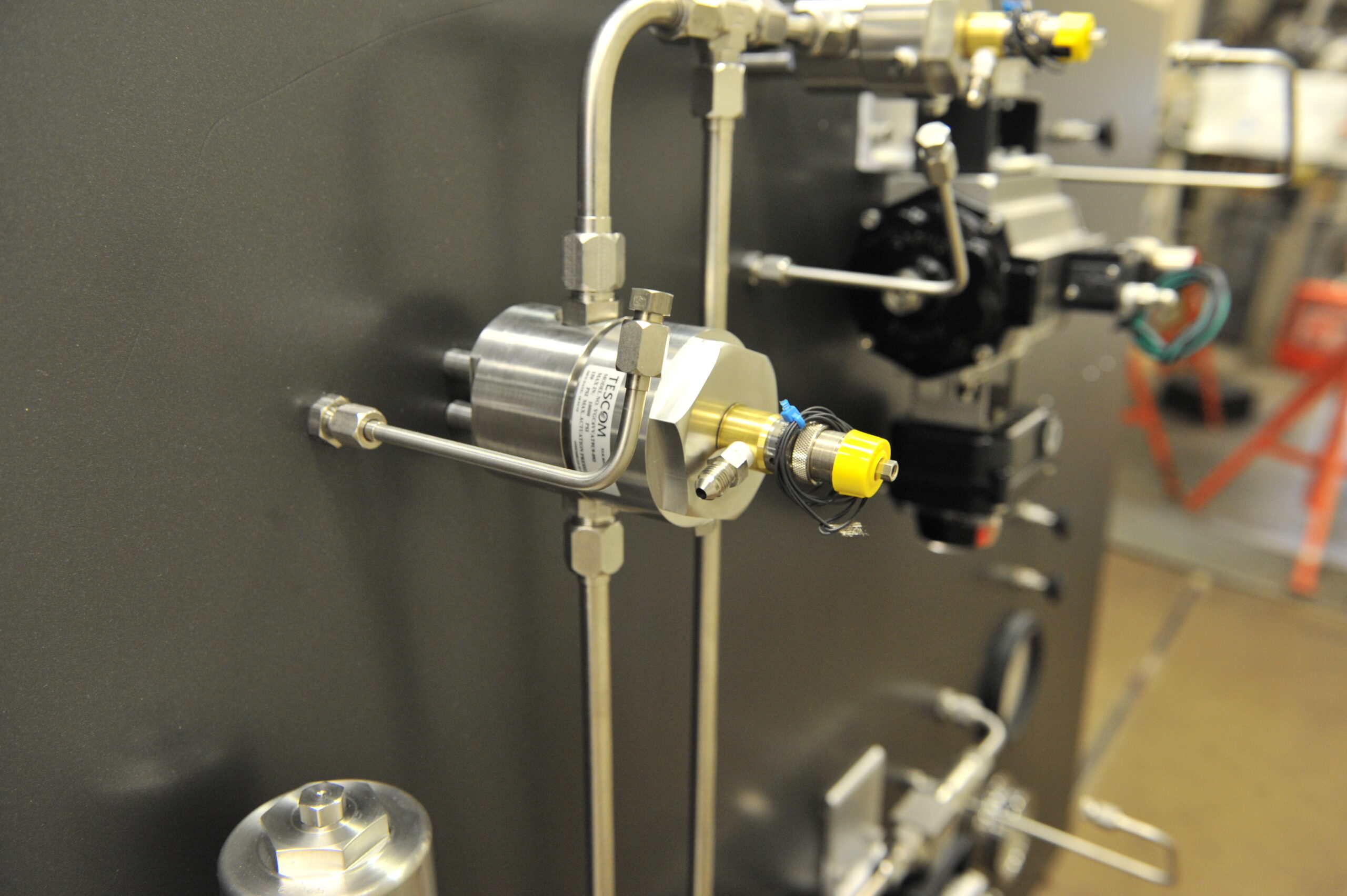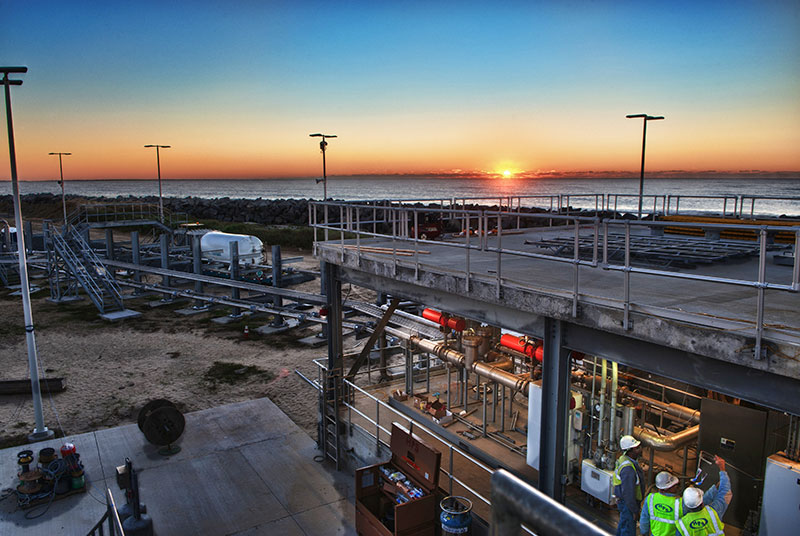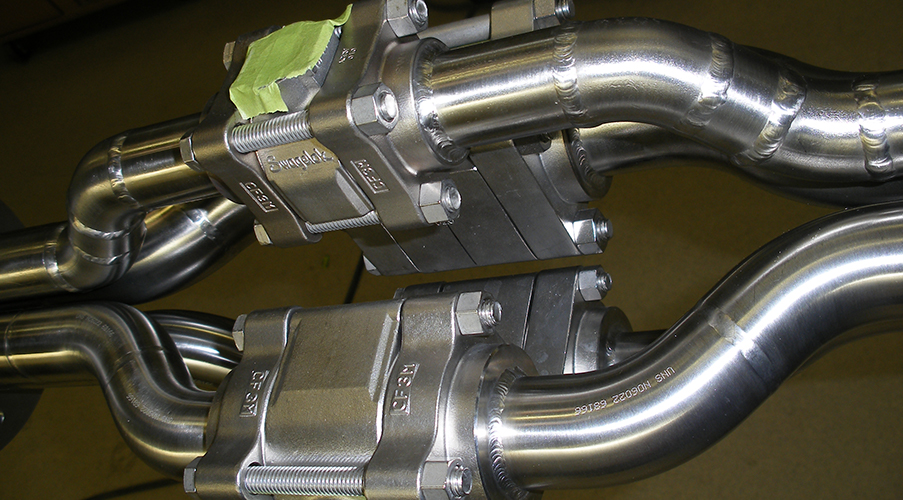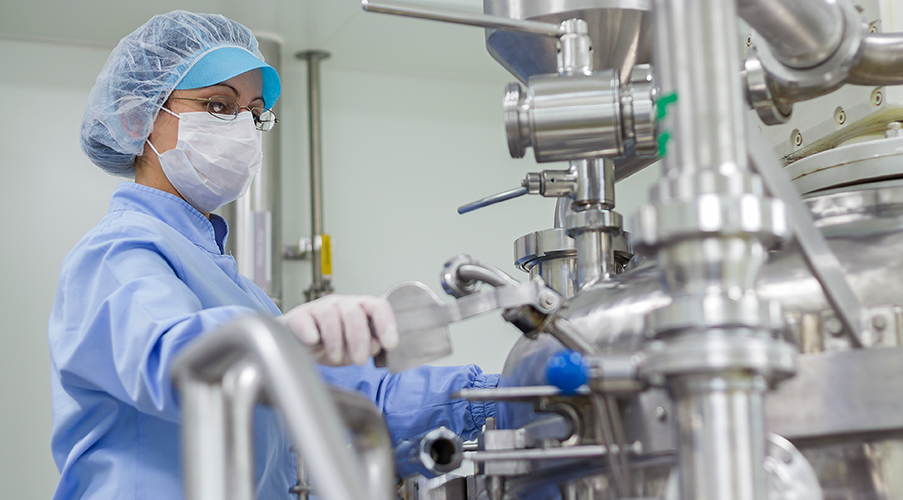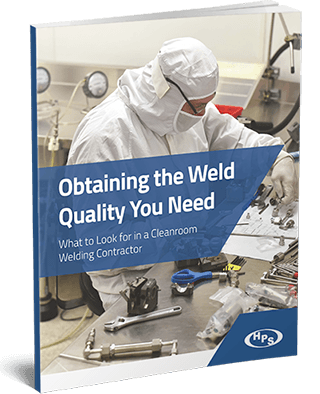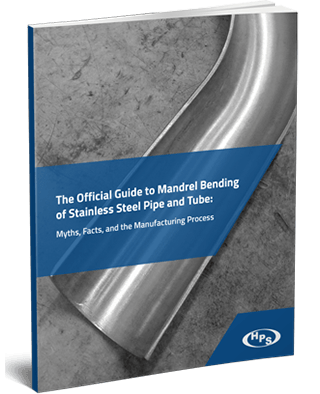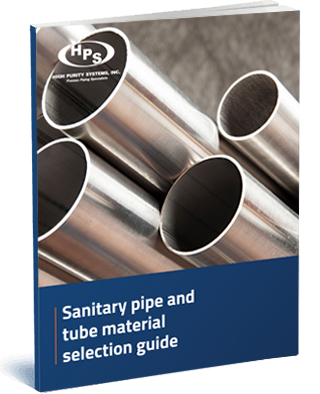Myth: Stainless steel doesn’t corrode. That’s why they call it “stainless.”
Fact: It can corrode if it’s not handled properly.
Engineers in aerospace, semiconductor, biopharmaceutical and sanitary applications know the importance of preventing stainless steel contamination during regular use of a piping system.
Even so, stainless steel must be protected at every step in the long journey from origin to end use. That means that everyone who handles it —mills, distributors, fabricators, job site crews and all the shippers in between — is responsible for preventing contamination.
The whole supply chain must understand how it can happen, know what to do to prevent it and verify that others are being just as careful.
Sources of stainless steel contamination
Stainless steel owes its reputation (and its name) to chromium oxide, which forms naturally on its surface in ambient conditions.
Unlike flaky iron oxide, chromium oxide clings quite tightly to the surface, forming the protective barrier that makes stainless steel so resistant to corrosion. But this barrier can be overcome in a few different ways.
Exposure to chlorides
Strong chlorides can disrupt chromium oxide to form surface corrosion. If that’s not caught and addressed right away, this can evolve quickly into pitting corrosion.
Mitigating chloride exposure risk during normal use is relatively straightforward — just make sure you’re using the ideal stainless steel variant, or apply special coatings to boost resistance.
The greater challenge is avoiding inadvertent exposure prior to end use. Exposure pathways are numerous, but some examples include:
- Storage in improper conditions (for example, in coastal areas impacted by sea breeze)
- Uncovered shipment over roads where road salt was applied
- Accidental exposure to chloride-containing chemicals inside a facility or in transit
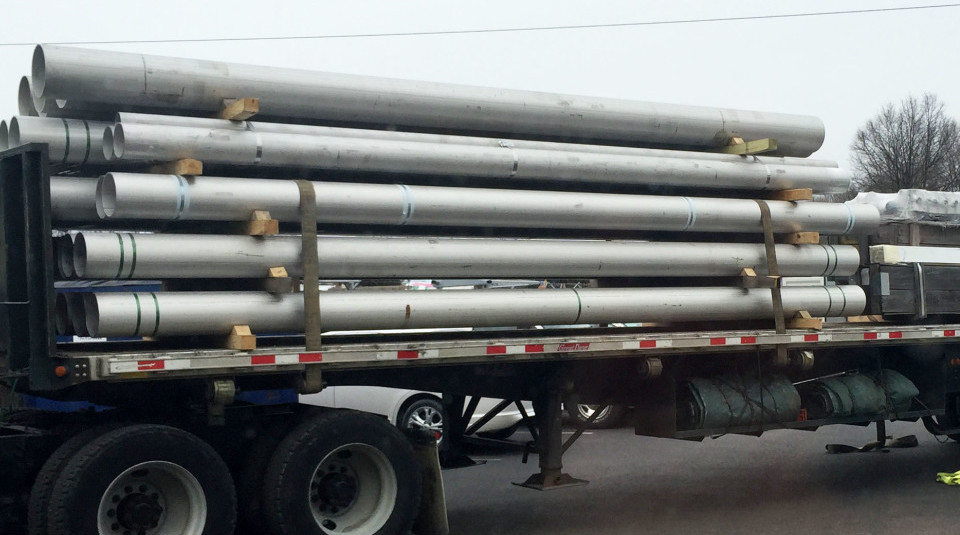
Exposure to ferritics
Contact with ferritic material can degrade chromium oxide, too. Preventing this is challenging due to the sheer number of potential sources of contact. If you can imagine it, it’s probably happened, but here are some general examples:
- Stainless steel was stored or shipped on racks that previously held carbon steel or other steel types
- Ferritic material was transferred to stainless steel from tools used to carry or process carbon or other steels
- Exposure via airborne ferritic particles (sparks, for example) generated during processing of carbon or other steels in close proximity to stainless steel
We’ve even observed stainless steel contamination from an interior weld inspection mirror that had once been inserted into a carbon steel pipe. Just once — that’s all it took.
Regardless of how the contamination is initiated, it can cause serious problems if it’s not addressed.
The pitting corrosion that often results from a contamination event is notoriously deceptive. Pits are practically invisible and most of the damage done by an attack occurs below the surface. Users realize there’s a problem only when they notice pinhole leaks or if valves don’t close all the way.
By that point, it’s likely that what started as local corrosion has spread throughout the whole system.
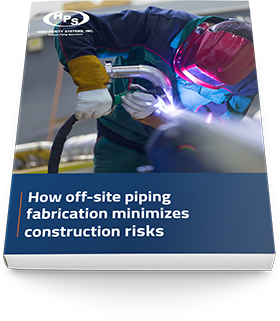
Minimize construction risks with off-site piping fabrication
Reduce risk, lower cost and guarantee the highest quality work with off-site piping fabrication.
Contamination prevention at HPS
As specialty fabricators of stainless steel pipe and tube systems, we sit at a critical juncture in the supply chain. It’s essential that we have procedures in place to ensure contamination does not occur on our watch.
Trusted sources and due diligence
It starts before the material even arrives at our shop. We must be sure that anyone upstream also understands the risks and knows how to mitigate them. That’s why we’ve established ongoing relationships with suppliers we trust.
For the sake of due diligence or to meet customer requirements, we sometimes look beyond our regular partners to source stainless steel. When that’s the case, our team has a keen nose. We won’t buy from a source if we have a hunch they won’t take adequate precautions. We can tell right away.
Dedicated stainless steel facility
Upon receiving a shipment, it’s kept to its own section. In our case, that’s the third bay in our four-bay fab shop.
Consider the protocols in place in this disciplined environment:
Storage racks in the bay have only ever held stainless steel. They’ll never hold anything else.
The third bay has its own tools — from the most complicated orbital welders to the simplest wrenches. Outside tools are not permitted inside the third bay. If someone takes a tool out, it never comes back. Part of our shop foreman’s job is to enforce these rules.
Due to the grinding, polishing and welding that occurs throughout our shop, heavy curtains block the doorways to and from the third bay to keep sparks and other airborne particles out.
No chemicals aside from alcohol or acetone are allowed in the third bay.
These four words sum it up: “dedicated stainless steel facility.” Some specialty fabricators won’t have one. Others won’t even know what you mean. If that’s the case, that’s a bright red flag.
Knowledgeable field teams
Because we’re a specialty contractor as well as fabricator, we often hire and manage the field teams responsible for installing systems built in our shop. When that’s the case, we’re able to extend our contamination prevention protocols to the job site. That includes proper transit and storage of material as well as the same strict tool discipline.
In cases where we do not run the work, it’s imperative that the installation subcontractors understand the risks. If you’re vetting job site subcontractors, ask how they will prevent stainless steel contamination.

Process understanding
Finally, we engage end users throughout the construction process so they understand that the risk of contamination remains even after a system is installed and operating.
Many fluids are by their nature corrosive, posing a contamination risk to stainless steel pipe, tube or components like valves and flanges. Additionally, even benign fluids can spur corrosion if they sit stagnant inside a stainless steel system.
Some of these risks can be engineered away, and we’re happy to provide that guidance when needed. But users must fully understanding materials, processes and infrastructure to avoid the problems no design can solve.
Questions you should ask
Here’s a recap of the questions you need answered to ensure your stainless steel assets are appropriately handled, shipped, processed and installed.
- How are vendors vetted? Do they take the appropriate precautions?
- How is a fab facility set up? Do they keep stainless steel segregated?
- Does the fab facility have a dedicated stainless steel fabrication area? What contamination prevention measures are in place?
- How has the material been transported at every stage in its journey? Do the shippers understand the contamination risks?
- Does the installation crew know how to prevent contamination? What procedures do they follow?
- Are you vetting fabricators or system installation partners and need to know who to count on? Have you been burned by previous vendors or contractors who didn’t know the risks?
Take these two simple steps. First, learn more about what we do. After that, if you want, let’s get in touch.
Contact High Purity Systems
Have a question about a piping challenge? Want to discuss an upcoming project? Let’s talk.




